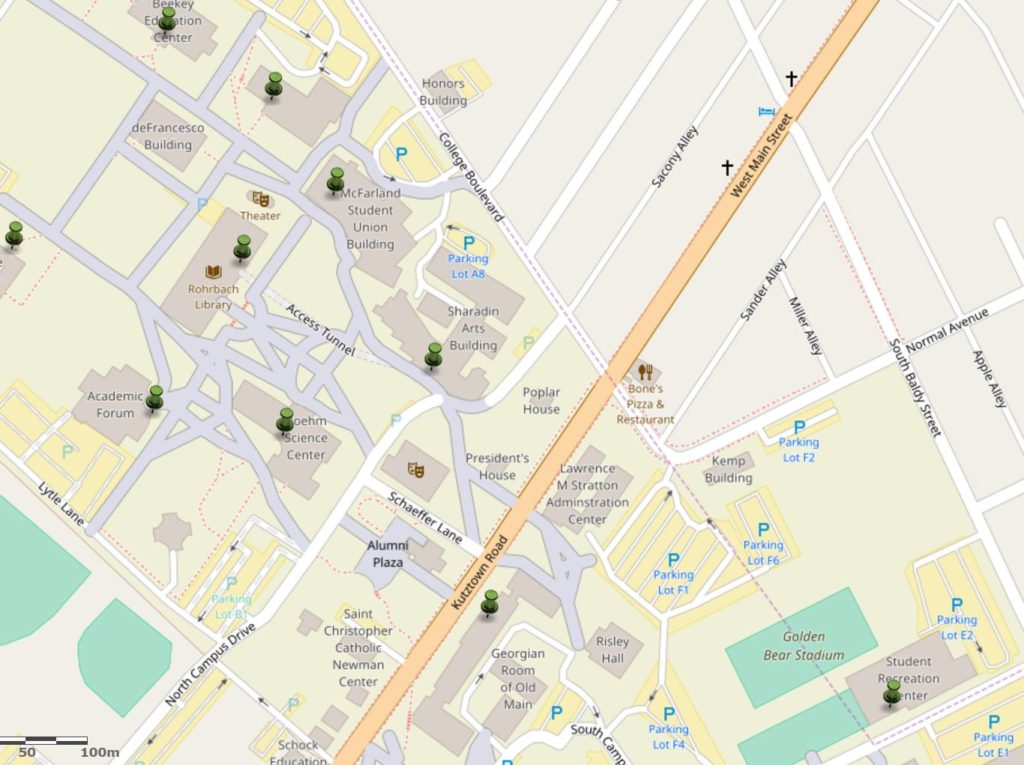
Who needs a runway for a drone? The Story behind the Transition UAV company Quantum Systems
As we approach the office of Quantum Systems on the outskirts of Munich, the first thing that Armin Busse, the CFO at Quantum Systems, points out is the hangar that houses an impressive collection of aircraft’s including the Dornier DO228, DO328, two Bel-UH 1D, even an Alpha-Jet and dozens of engines, Cockpits and all kinds of aircraft parts.
Quite the impression, as you walk into the office of a company that manufacturers drones that take off vertically and fly like a plane once airborne.
The story behind the company
How did it all start? Quantum Systems is only two years old, but the development and the idea was born back in 2010, when the founding team – Florian Seibel, Dr. Michael Kriegel and Tobias Kloss, all research assistants at the Armed Forces University in Munich decided to combine their passion for model planes, gliding and helicopters with their work at the university using UAV multicopter systems for scientific purposes.

The team behind Quantum Systems
Armin added, they wanted to create a drone that has the best of “both worlds” i.e. the vertical takeoff capability of a multicopter and the horizontal gliding capabilities of an airplane.
Who needs a run-way when you can take off vertically!
Transition drones or UAVs as a concept aren’t new. NASA has its famous ten engines “Greased Lighting” prototype, and Google has its “Project Wing”, both of which are still in research and development phase. Where Quantum Systems has been amazing is how quickly they have transformed from a research company to a commercial startup. Not to forget the fact that the Quantum Drone is probably the most energy efficient transition drone in the market.
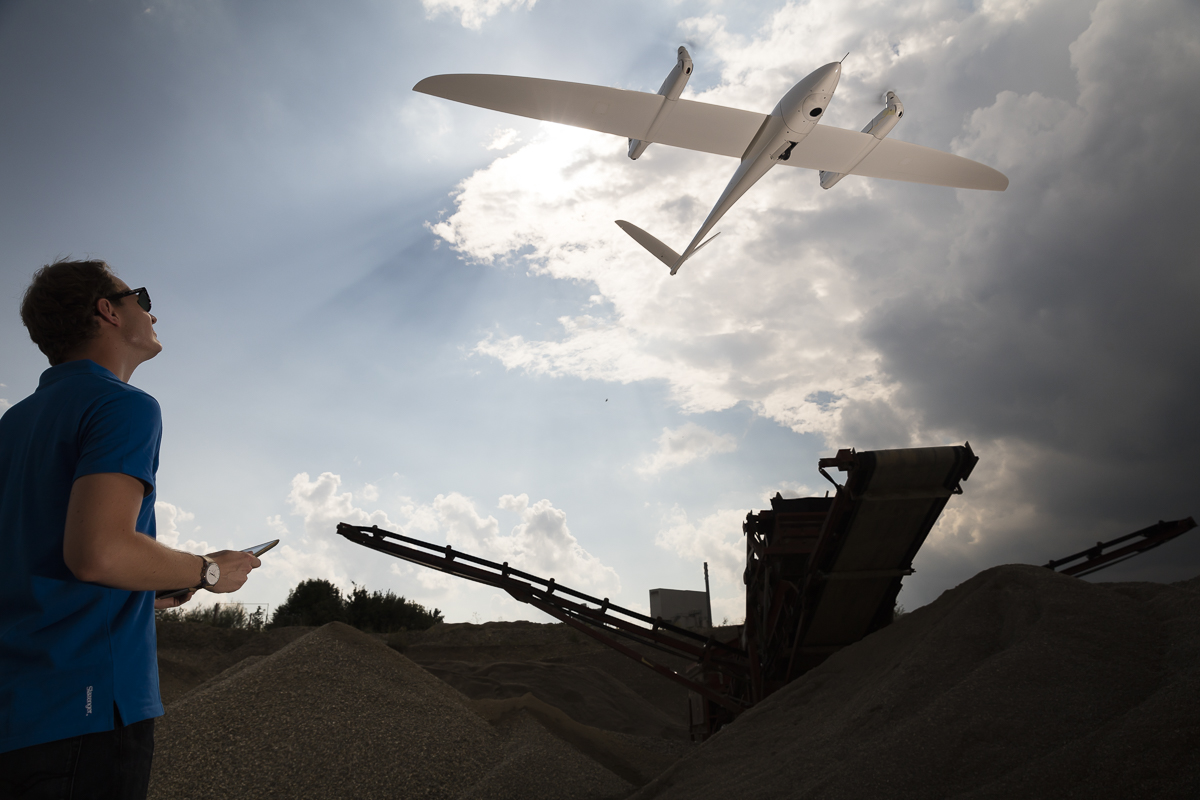
“What makes ‘Quantum TRON’ special”, Armin elaborates, “is the fact that it can not only take off vertical and fly like a plane, but its aerodynamically optimized wings are ideal for cruising flight and gliding as efficiently as possible. In the cruise flight mode, we only need four percent of the energy we need for taking off and in gliding mode no energy at all.”
In other words, all the research behind the TRON, translates into a 120 minute flight time, with a range of 160 Km for the customer. The Quantum TRON isn’t slow either with a maximum speed of 160 km/hour.
One of the most amazing things about the video is to witness that moment when the drone switches off all its propellers without losing altitude and turn into a glider, all in a matter of seconds. It took Quantum Systems and their team of 25, months and months of research to perfect that and the fact that they still have very strong research connections to the Aeronautics Institute at Technical University Munich (my alma mater) helps. The glider system also makes the TRON a much safer drone. In the unlikely case that the propellers don’t work correctly, the TRON can simply function as a glider and land safely.
DBahn and RWE
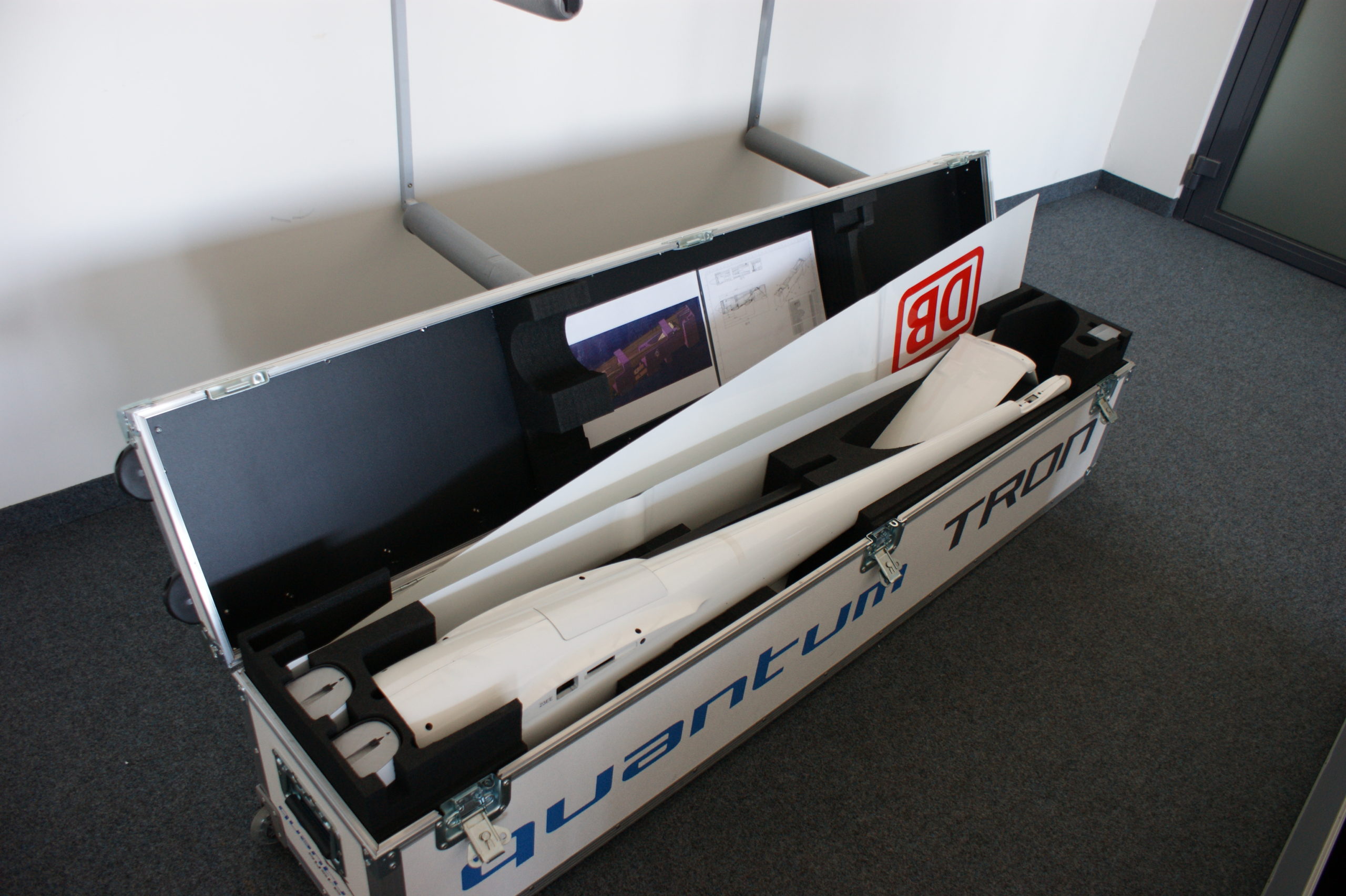 The TRON has the capability to carry a payload of up to 2 kilograms, ideal for the three functionalities that Quantum Systems is targeting – security, remote sensing, and 3D construction.
The TRON has the capability to carry a payload of up to 2 kilograms, ideal for the three functionalities that Quantum Systems is targeting – security, remote sensing, and 3D construction.
Quantum Systems has already partnered with major companies including the D-Bahn, the German railway operator and RWE, Germany’s biggest energy company for assessing more efficient methods of maintenance of the rails and change detection for the production of coal representatively.
Perhaps not surprisingly, Quantum Systems isn’t just limiting itself to the mechanics of the drone itself but is also working on a developing a TRON application that can help with automated flight planning, ground control, and other additional features. And that’s where their partnership with Esri, the GIS industry’s most famous company, comes into the picture (Related: Esri Startup Program information).
When inquiring where Esri’s software fit into Quantum’s workflow, Armin tells me, “We have been using Drone2Map a lot, and it’s exactly what we need for many of our applications. And one of the first things I noticed about Esri is – man there are a lot of toolboxes!”
Looking ahead
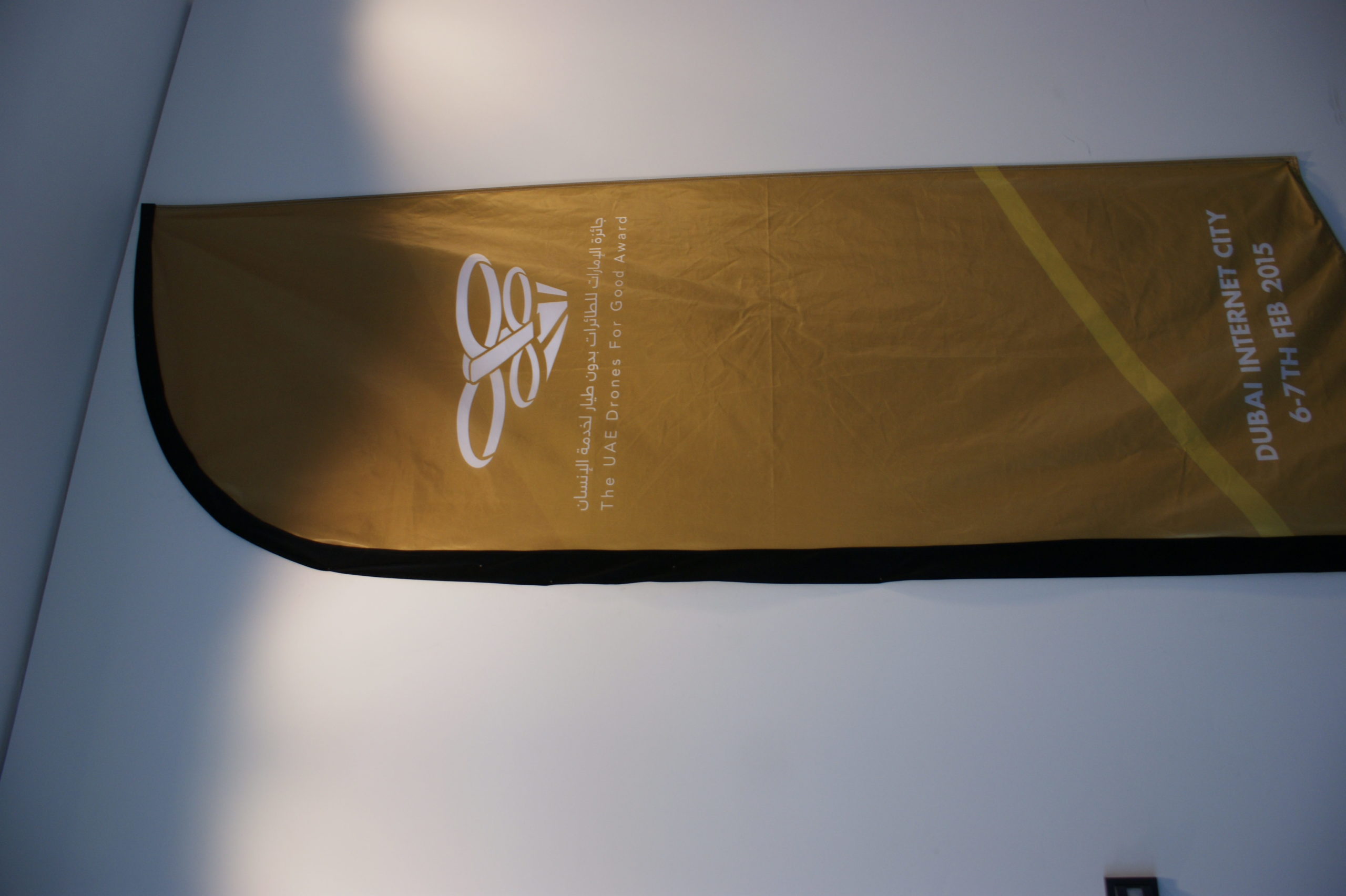
A “souvenir” from their UAE Drones for Good award in 2015 that is proudly displayed at their office!
They have certainly come a long way since they first debuted on the world stage back in 2015, winning the 2nd place at the UAE Drones For Good Awards.
Armin and Quantum Systems’ mission is to be first certified UAV company and certainly believe that the recent FAA rules in the USA regarding flying Beyond Visual Line Of Sight is going to play a key role moving forward. Germany is yet to announce similar rules, but Quantum Systems is certainly hoping for it.
In the meantime, they are focussing on fine-tuning the TRON and getting it ready for commercial production. Interestingly, they have achieved all this without any external investors. It’s only a matter of time before their success brings in a lot of investor attention.
As we nearly wrap up my visit, Armin promises that the next time I’m there, we are definitely going to take the TRON out for a test flight – now that’s something I certainly look forward to 🙂





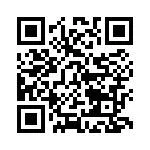
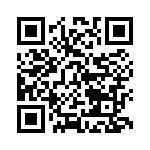 Secondly, once the base map had been completed, a separate web map application was made to present the data. From this, the creation of a QR code allows students to quickly scan and open the app in minutes.
Secondly, once the base map had been completed, a separate web map application was made to present the data. From this, the creation of a QR code allows students to quickly scan and open the app in minutes.